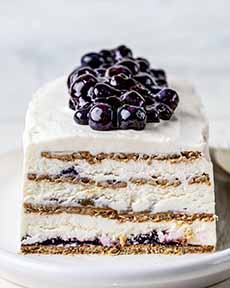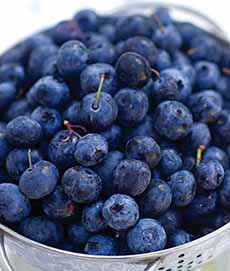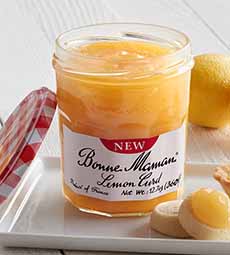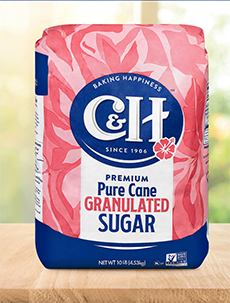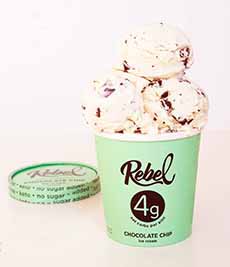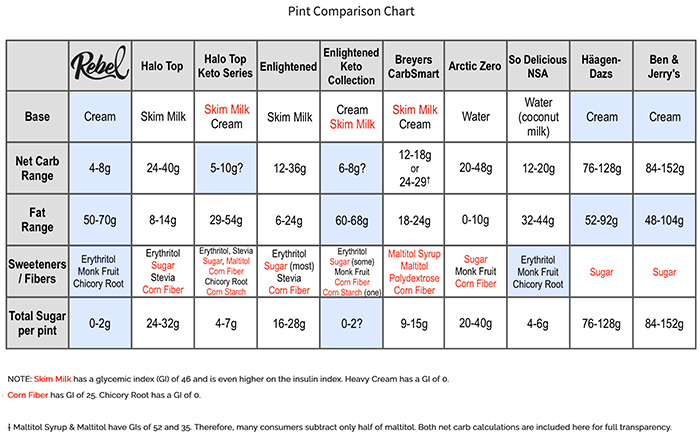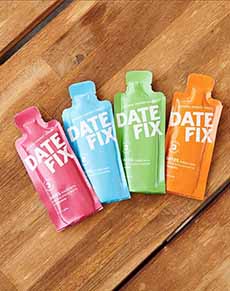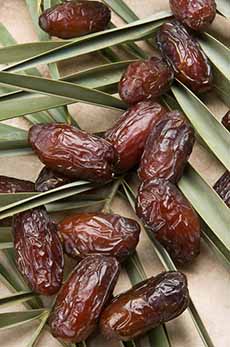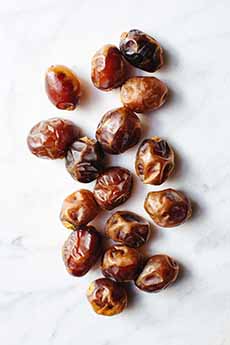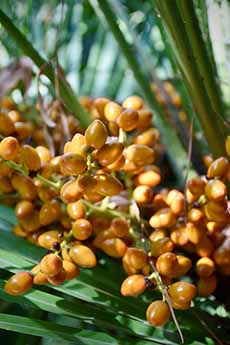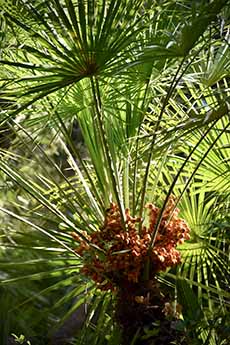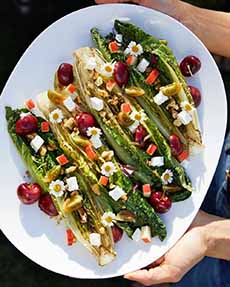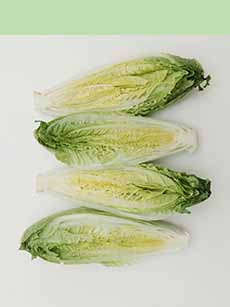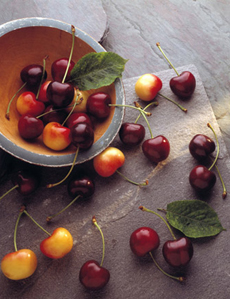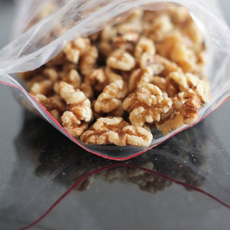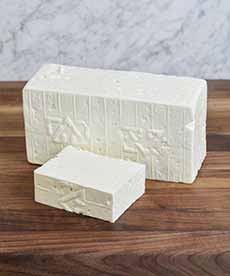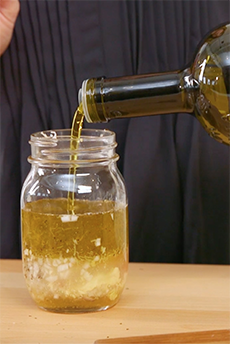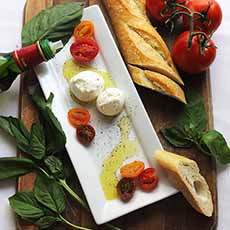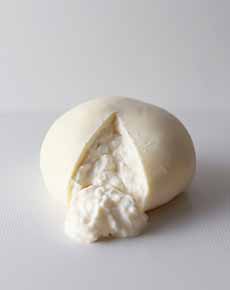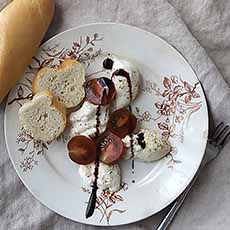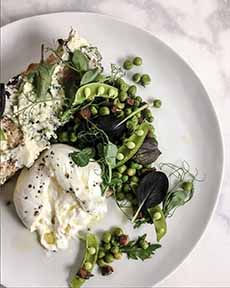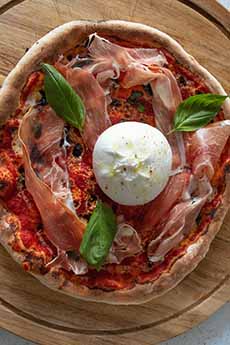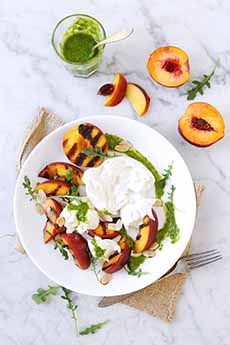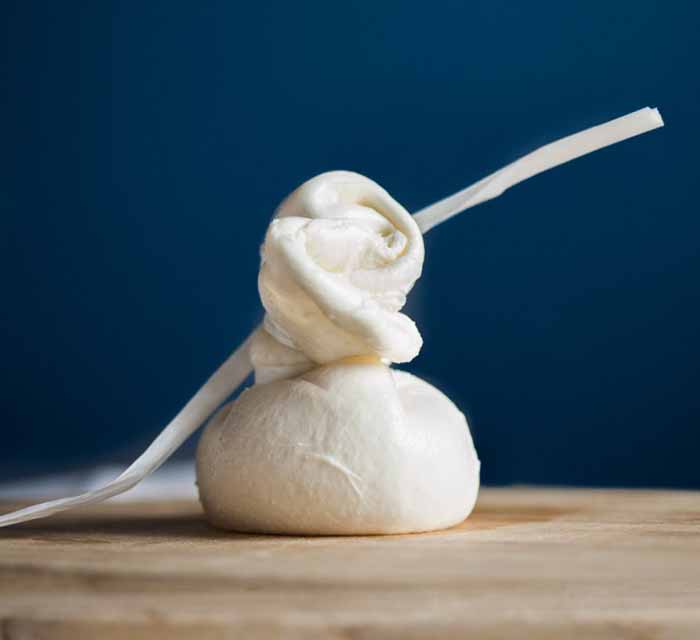|
We discovered a new product at this year’s big food show for the specialty food trade: DateFix Natural Energy Snack.
Although it was developed by a long-distance runner, it’s a real find for those of us who have never run a block in our lives.
DateFix is a healthy snack that’s made only with puréed dates and orange blossom water, plus optional flavorings (cinnamon, ginger, and turmeric).
The small squeeze pouch with 80 calories has turned out to be a great pick-me-up for us. It fits into the smallest pockets and is a delicious companion when we have a cup of coffee on the go.
The line has no added sugar, is non-GMO, OU kosher, shelf-stable, and vegan.
MORE USES FOR DATEFIX
Eat it from the tube, spread it on celery or a cracker, or:
Spread it on toast, or a bagel with cream cheese.
Use it as a spread on grilled cheese, or on a goat cheese or a Brie panini.
Squeeze it over ice cream.
Turn it into a sweet snack or dessert with coffee, on top of a graham cracker and mascarpone.
Swirl it into yogurt.
Garnish grain bowls, oatmeal, pancakes, waffles.
Add to smoothies or marinades for a touch of earthy sweetness.
Dates are high-fiber, high-potassium, low-glycemic fruit. The snack is a whole food that’s sweet and delivers energy with no sugar crash.
They deliver energy-rich carbohydrates, dietary fibers, proteins, minerals, and vitamins (calcium, iron, magnesium, potassium, and vitamin B complex).
The brand’s founder developed DateFix after realizing that date paste, a popular Middle-Eastern pastry filling, presented a delicious opportunity.
And that opportunity is now available to anyone looking for a better-for-you sweet snack.
GET YOUR DATEFIX
Head to DateFix.com.
THE HISTORY OF DATES
Dates, the fruit of the date palm tree (Phoenix dactylifera), have a chewy texture and candy-like sweetness. They have been called “nature’s candy.”
Dates are one of the oldest cultivated fruits*, first grown in the Fertile Crescent† as 4000 B.C.E.
The date palm tree is native to the deserts of North Africa and the Middle East. Fossil evidence indicates that dates grew wild at least 50 million years ago.
There are more than 200 varieties of dates with different shapes and flavors; however, all of them are the same in nutrition. Check out some of the most popular types of dates.
They continue to be an important crop for Iraq, Iran, Arabia, and North Africa.
Dried dates could keep for years, making them valuable food for travelers. But that’s not all!
They were turned into a honey-like sweetener; in fact, the phrase “the land of milk and honey” refers to honey made from dates, not bees.
Dates were also fermented into date wine. The tree itself was a source of fiber for ropes and baskets; the fronds provided shade.
Some date varieties were brought to California and Mexico by the Spaniards in 1765.
According to National Geographic, however, the Medjool date and Deglet Noor date were brought to California in the 1900s by the great American botanist and agricultural explorer Walter Swingle.
Since the early 20th century, dates have also been cultivated in Arizona and Florida.
Dates’ popularity in the U.S. grew in the 1940s when they were eaten instead of the sweets that couldn’t be made because of sugar rationing during World War II.
In the U.S., most dates are grown in the Coachella Valley and the Bard Valley of California. An annual Date Fest has been held in Indio, California since 1921 [source].
________________
*Figs are the oldest cultivated fruit, followed by dates, grapes, and olives. They were a primary food source for the ancient peoples of the Mediterranean region. The domestication of figs goes back as far as 11,000 years [source].
†The “Fertile Crescent” or “Cradle of Civilization,” are names given to the land between the Tigris and Euphrates Rivers. It was the original area for much cultivation of essential crops. Today, the area includes modern Iraq, northeastern Syria, southeastern Turkey, and southwestern Iran.
|
